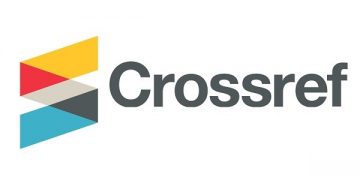PENERAPAN MODEL PEMBELAJARAN FLIPPED CLASSROOM DALAM MENINGKATKAN HASIL BELAJAR SISWA PADA MATA PELAJARAN EKONOMI (Studi Quasi Eksperimen Pada Siswa Kelas XI SMA Negeri 3 Tasikmalaya)
DOI:
https://doi.org/10.61722/jaem.v2i3.5792Keywords:
Flipped Classroom, Student Learning Outcomes, EconomicsAbstract
The low learning outcomes of students in Economics at SMA Negeri 3 Tasikmalaya is a problem that needs to be addressed. Learning that is still dominated by lecture methods makes students less active and have difficulty understanding the material, which results in low learning outcomes. This study aims to determine the effect of the flipped classroom learning model on improving student learning outcomes. The method used is a quasi-experiment with a nonequivalent control group design. The sample consisted of class XI.F-12 as the experimental class and XI.F-7 as the control class, selected through purposive sampling. The instrument used was a multiple-choice test that had been validated and reliability-tested. Data analysis techniques employed the Wilcoxon and Mann-Whitney tests. The results of the study showed significant differences between students' learning outcomes before and after the treatment in the experimental class, as well as significant differences in learning outcomes between the experimental class and the control class after the treatment. The effect size test indicated that the flipped classroom model had a significant impact on improving learning outcomes. Thus, the implementation of this model was proven effective in improving students' learning outcomes in economics.
References
Johnson, G. B. (2013). STUDENT PERCEPTIONS OF THE FLIPPED CLASSROOM. University of British Columbia.
Mujiono, N. (2021). Flipped Classroom: Sekolah Tanpa Pekerjaan Rumah. Jurnal Teknodik, 25(1), 67. https://doi.org/10.32550/teknodik.v25i1.457
Schunk, D. H. (2012). Learning Theories (Terjemahan). Yogyakarta: Pustaka Pelajar.
Susanti, L., & Hamama Pitra, D. A. (2019). Flipped Classroom Sebagai Strategi Pembelajaran Pada Era Digital. Health & Medical Journal, 1(2), 54–58. https://doi.org/10.33854/heme.v1i2.242
Sutisna, M. R., Mulyadi, D., & Alinawati, M. (2019). Flipped Classroom Application and Improvement of Motivation and Creativity of Participants in the Educational Technology Research and Development Study. Advances in Social Science, Education and Humanities Research, 214(Ices 2018), 116–121. https://doi.org/10.2991/ices-18.2019.28
Yogi Fernando, Popi Andriani, & Hidayani Syam. (2024). Pentingnya Motivasi Belajar Dalam Meningkatkan Hasil Belajar Siswa. ALFIHRIS : Jurnal Inspirasi Pendidikan, 2(3), 61–68. https://doi.org/10.59246/alfihris.v2i3.843













